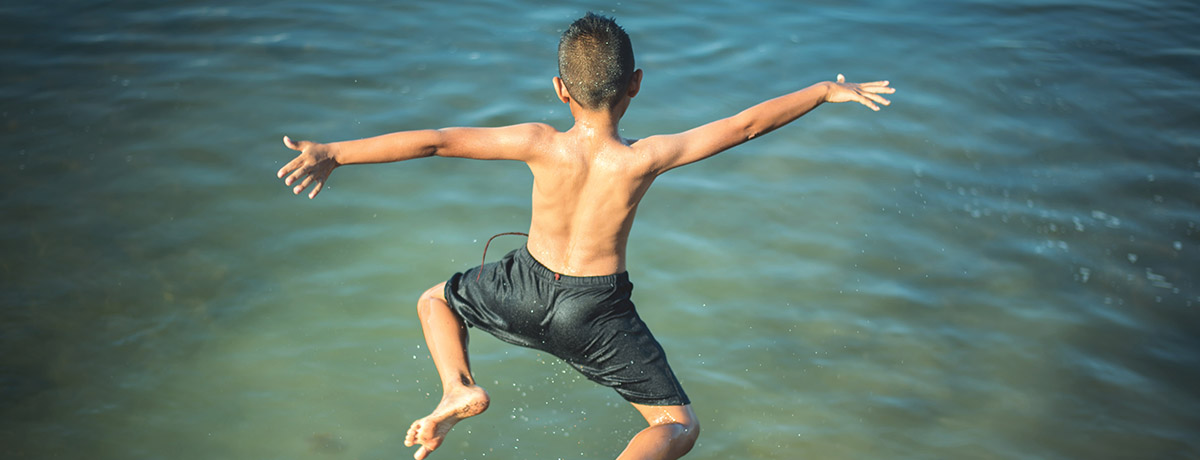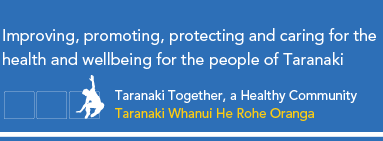

The Taranaki Regional Council undertakes microbiological water quality monitoring at a number of Taranaki coastal bathing beaches and freshwater swimming spots between November and March each year. Information about this environmental monitoring can be found at Can I swim here? / Taranaki Regional Council (trc.govt.nz) ![]()
Water quality in our rivers and at our beaches is generally pretty good over summer, except in poor weather conditions. Heavy rain flushes contaminants from urban and rural land into waterways and we strongly advise you not to swim for at least three days after heavy or prolonged rainfall – even if a site generally has good water quality.
The monitoring results are forwarded to District Councils who place public alerts on their websites based on Ministry for the Environment water quality guidelines.
New Plymouth District Council - www.newplymouthnz.com/en/Residents/Attractions-and-Recreation/Can-I-Swim ![]()
Stratford District Council - www.stratford.govt.nz/council/services/environmental-health/bathing-water-quality ![]()
South Taranaki District Council - Can I swim here? - South Taranaki District Council ![]()
Taranaki Regional Council - www.trc.govt.nz/environment/maps-and-data/regional-overview ![]()
The Land Air Water Aotearoa (LAWA) website www.lawa.org.nz/explore-data/swimming ![]() also has information on summer water quality monitoring and the overall recreation risk.
also has information on summer water quality monitoring and the overall recreation risk.
Role of Health NZ / Te Whatu Ora National Public Health Service (NPHS)
The Medical Officer of Health and Health Protection Officers have an advisory role when issues in the environment impact on the health of the public. They follow up and investigate cases of notifiable infectious diseases and work in partnership with the Regional and District Councils, community and Iwi on issues where there is a high population health risk.
What should I do if I believe that a water pollution incident could make someone unwell?
Please report all pollution incidents within Taranaki to the Taranaki Regional Council – call 0800 736 222 at any time, 24/7, including public holidays.
If someone is sick then call Healthline on 0800 611 116 or see a doctor.
If you feel that the pollution incident could make a large number of people unwell please contact a Health Protection Officer at Health NZ / Te Whatu Ora NPHS at 06 753 7798 or by emailing health.protection@tdhb.org.nz
Frequently Asked Questions
![]() What illnesses can you contract from swimming or surfing in contaminated water?
What illnesses can you contract from swimming or surfing in contaminated water?
![]() Who should I call if I think I have become unwell after contact with contaminated water?
Who should I call if I think I have become unwell after contact with contaminated water?
![]() Is it safe to swim in or drink contaminated water?
Is it safe to swim in or drink contaminated water?
![]() Can I eat shellfish from contaminated water?
Can I eat shellfish from contaminated water?
![]() What are the health risks of contaminated recreational water?
What are the health risks of contaminated recreational water?
![]() What are Pathogens?
What are Pathogens?
![]() What are Cyanobacteria?
What are Cyanobacteria?
![]() Will wearing a wetsuit protect me from Cyanobacteria?
Will wearing a wetsuit protect me from Cyanobacteria?
![]() Is it safe to boat or canoe in contaminated water?
Is it safe to boat or canoe in contaminated water?
What illnesses can you contract from swimming or surfing in contaminated water?
- Diarrhoea
- Vomiting
- Respiratory illnesses, similar to flu-like symptoms
- Skin, eye and ear infections
- Abdominal pain, cramps, and nausea
- Irritation of the skin, eyes, nose, and mouth, which may appear as an itch, redness or dermatitis.
- Toxins can also affect the liver and the nervous system. People at greatest risk of a reaction are children, pregnant women, the elderly, and those with pre-existing medical conditions.
Who should I call if I think I have become unwell after contact with contaminated water?
See your GP or ring Healthline on 0800 611 116. Tell them you may have been exposed to contaminated water. Your doctor has been asked to notify the Medical Officer of Health of any people with possible reactions.
Is it safe to swim in or drink contaminated water?
No. You should avoid any skin contact with the water and avoid swallowing the water.
Can I eat shellfish from contaminated water?
No. Eating shellfish from affected areas should be avoided.
What are the health risks of contaminated recreational water?
There are a number of disease-causing bugs (called pathogens) that can survive in the sea, lakes and rivers for some time. The bugs mainly get into the water through human and animal faeces. When we come into contact with water that has been contaminated we expose ourselves to the bugs and risk getting sick.
What are pathogens?
Pathogens cause disease in humans and animals. There are many different kinds of pathogens. Some of the more widely known are Campylobacter, Salmonella, Giardia, Cryptosporidium and viruses such as Norovirus that cause diarrhoea. There are also bugs that can cause skin or ear infections and flu-like illnesses. The pathogens are present in faeces and may enter our waterways through untreated sewage discharges, leaky sewerage pipes, septic tanks, stormwater, rural run-off and from birds.
Even when beaches, lakes and rivers meet health guidelines, there is still a small health risk when you swim at that spot. It is not possible to say there is zero risk to public health, especially where there are known sources of human and animal faeces near the water.
What are Cyanobacteria?
Cyanobacteria are commonly known as blue-green algae. When algae multiply rapidly we get a “algal bloom”, which occur naturally. Activities, such as taking water from rivers or adding nutrients to waterways, can make things worse.
Cyanobacteria can produce toxins, known as cyanotoxins. The toxins can be a threat to people and animals if present in drinking water, or if people and animals come into contact with the water.
Will wearing a wetsuit protect me from Cyanobacteria?
No, wearing a wetsuit or a rash vest will not protect you and could make any reaction worse. The cyanobacteria may accumulate in the collar and cuff areas and rub against your skin. This may cause a strong skin reaction in these areas.
Is it safe to boat or canoe in contaminated water?
We recommend you do not use sites that have health warning for boating or canoeing. Recreational water safety is a joint initiative between the Taranaki Regional Council, ![]() the New Plymouth District Council,
the New Plymouth District Council, ![]() the South Taranaki District Council
the South Taranaki District Council ![]() and the Stratford District Council.
and the Stratford District Council.![]()
Last updated: Tuesday, February 27, 2024


